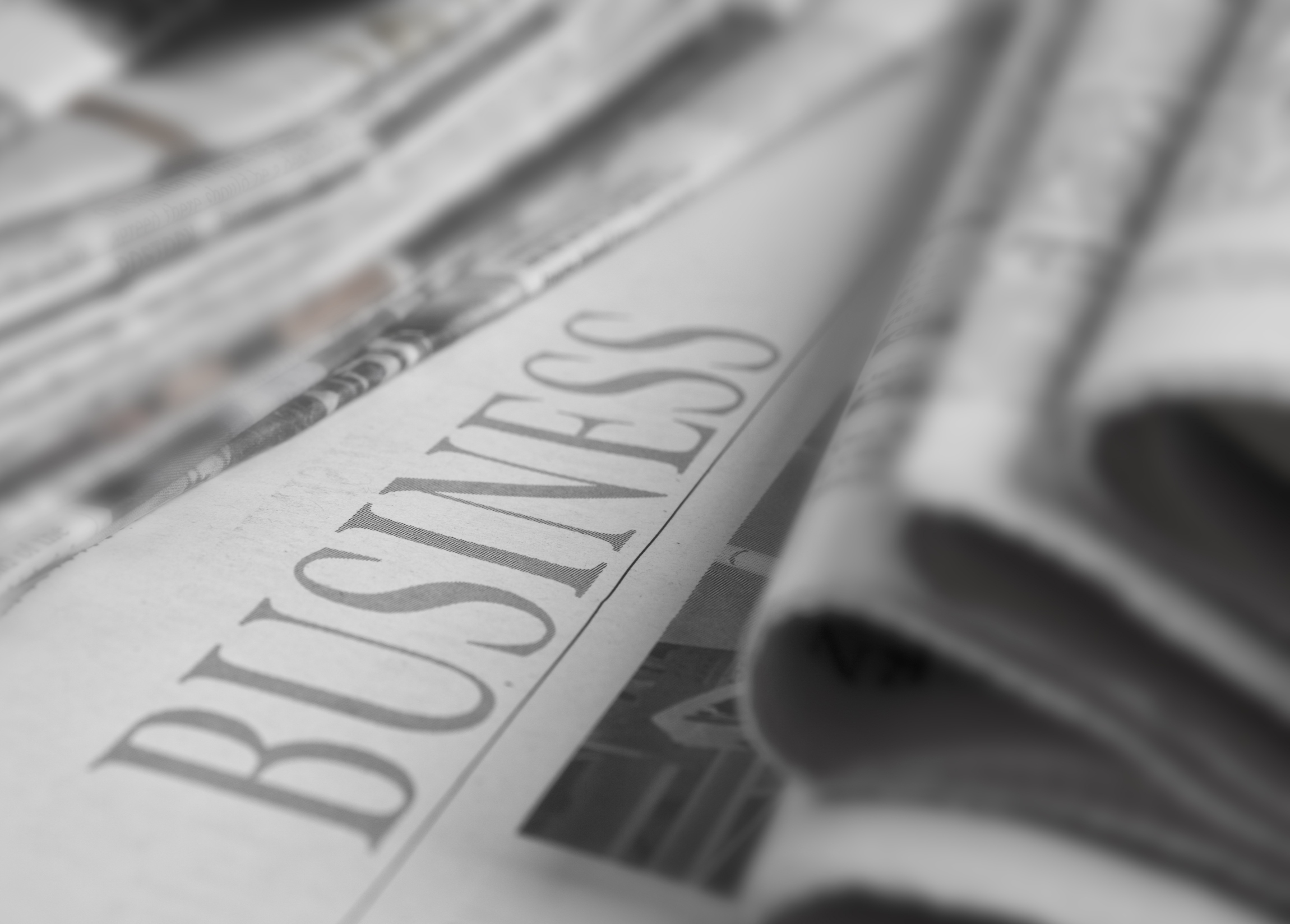The rate of inflation as measured by the Consumer Prices Index (CPI) rose to 2.7% in August following a CPI figure of 2.5% in July. The year on year comparison figure has been on the rise since 2016, peaking at over 3% in 2017 before falling back at the start of this year and then sitting at around 2.5% during the late spring and summer.
The increase, the first in six months, is expected to be a temporary jump as the underlying figures which have fuelled it are ‘largely recreational’ costs. Air and sea travel, petrol and clothing, specifically women’s and children’s clothing are believed to have driven the rise in CPI. Clothing typically sees an increase in prices at the change of the season as sales tail off and new season, full price, stock comes into stores.
CPI remains below wage growth which data shows grew by 2.9% in the 3 months to July. However, the narrowing gap means that there is a risk of inflation outstripping wage growth, as it has done several times over the last decade, squeezing living standards.
Interest rate rises
The recent increase in interest rates was designed to maintain the positive gap between the two measures, ensuring that incomes continue to grow faster than costs increase. However, the narrowing in August, if repeated in subsequent months, may encourage further rate rises from the Bank of England. The Governor of the Bank of England has previously advised that he sees regular, small increases, so called baby steps, being the best way to manage inflation whilst responding to market volatility and the impacts of Brexit or other international political ripples.
The Retail Prices Index (RPI), a separate measure of inflation, was 3.5% in August, up from 3.2% in July.
